Tackling a true story outside of a documentary setting is always a bit of a balancing act when it comes to Hollywood’s depiction of historical events; it can either be powerful and thought provoking like Schindler’s List or mostly fabricated white-washing of the facts like in Mel Gibson's Braveheart. As both of those films earned Best Picture Oscars it’s clear that either method is quite viable. Then you have USS Indianapolis: Men of Courage, a film that depicts the greatest sea going tragedy in the history of the United States Navy but with all the nuance and deftness of a Lifetime movie of the week. One tip future filmmakers may want to consider is that when you're making a film based on such a tragic incident you may want to avoid casting Nicholas Cage. In this film he’s not as entertainingly bad as he was in The Wicker Man remake, but he’s far from the level we saw in Leaving Las Vegas.
You’re just never sure which Nicholas Cage you’re going to get.
For those few of you not familiar with the events surrounding the sinking of the USS Indianapolis the basics of the story is that the Navy needed a fast ship to deliver key components that would make up the atomic bombs that would be dropped on the cities Hiroshima and Nagasaki; it was a top secret mission so that when the Indianapolis was sunk shortly after delivering the bomb it was never reported missing. Some 300 of the 1,196 crewmen went down with the ship leaving the survivors to the mercy of the sea. With few life rafts, and many without life-jackets, the remainder of the crew were set adrift where over the next four days they had to survive the elements as well as shark attacks. These facts the film covers quite well, but then to fill out its bloated two hour and seven minute running time we get lots of extraneous crap we really didn’t need.Case in Point: One pointless love story with a dash of swing dancing.
Of course it’s important for a movie to explore the characters prior to the horrific event that will be central to the story, so that we will care more about them when the shit hits the fan, but in this case all we get is fifteen minutes of two dimensional caricatures that includes; a love triangle between two sailors and a pregnant girl, a racial fight between a white and black sailor that lands the two of them in the brig together, and finally a wheezily gambler who needs money to cover his gambling debts. None of this are particularly interesting and none of it adds anything much to the story, and certainly not helped by the community theatre level of acting…strike that, I’ve seen community theatre actors with ten times the level of talent than what is on display here. When this film isn’t trying to force a love story into a film that clearly doesn’t need one Mario Van Peebles tries to reference the biggest grossing love story/disaster movie ever made, Titanic. When the ship is struck by several torpedoes we see its stern rise high into the air before the ship eventually breaks in two, just as we saw in James Cameron’s movie but not something that actually happened to the Indianapolis. Peebles even throws in a shot of a CGI sailor falling from the stern to bounce of the guns on the way down, much as Cameron did with one of the Titanic passengers bouncing of the ship’s propeller."I'm king of the world!"
The movie also throws in completely unnecessary information about the Japanese use of Kaiten, manned torpedoes that were basically aquatic versions of the Kamikaze pilots that Japan used towards the end of the war. The fact that at no point were Kaiten torpedoes used against the Indianapolis is apparently unimportant, but padding this film’s runtime is. In one of the many useless scenes we get USS Indianapolis Captain Charles B. McVay III (Nicholas Cage) explaining to his second in command that he isn’t bothering with the standard protocol of piloting the ship in a zigzag pattern because with these types of torpedoes it would be a useless gesture, and that making the best possible speed is their best course of action. This was not the case at all. In fact McVay orders were to "zigzag at his discretion, weather permitting" and at the time of the sinking he felt it was unnecessary. He was also under the impression that there was no submarine activity in the area because Naval Command failed to inform him that a ship had been sunk in the vicinity just six days prior.The real villain of the piece, government ass covering.
The last third of the film deals with the court-martial of Captain McVay; citing his failure to evacuate the ship in a timely fashion and endangering the crew by failing to follow the “zigzag” protocol. This was basically a kangaroo court set up to land the blame on a hapless scapegoat because the Navy screwed the pooch in so spectacular a fashion that resulted in the missing ship not being reported. Declassified records later showed that three stations received the S.O.S. distress calls from the Indianapolis, however nobody acted upon the call. One commander was drunk, another had ordered his men not to disturb him and a third thought it was a Japanese trap.
The prosecutor even brings the commander of the Japanese sub that sank the Indianapolis
to testify, but that man actually backs up McVay’s case stating that
zigzagging would not have saved his ship, the Japanese sub was just too
close. The film eventually ends with McVay committing suicide, a tragic
end to a man and a career that deserved so much better, but the film
does leave out the fact that McVay’s was re-instated, eventually
achieving the rank of Rear Admiral, and that his suicide didn’t take
place until 1968 after his wife had died of cancer. All understandable
changes under the “dramatic license” statute, but what the film fails to
do is make us really care, which is the real crime here.
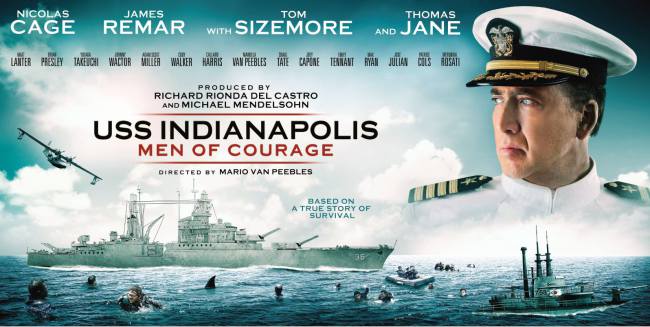
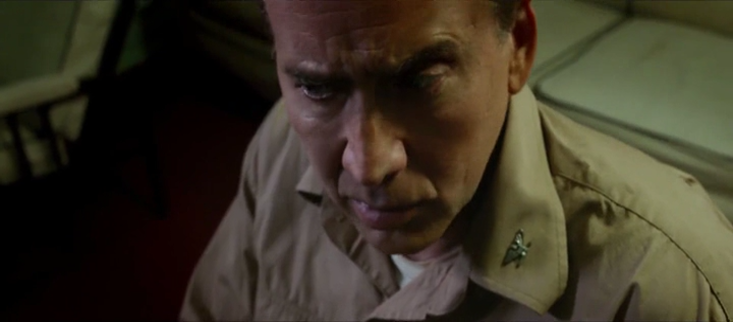

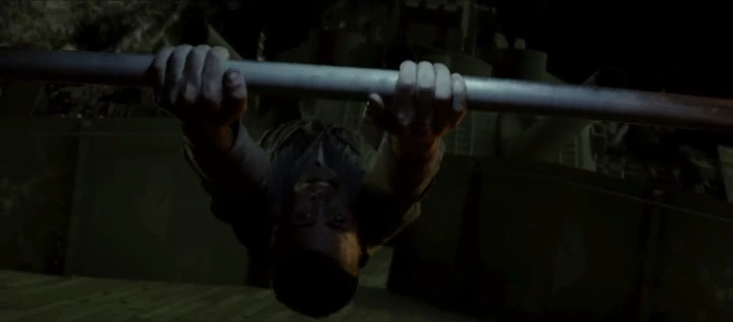
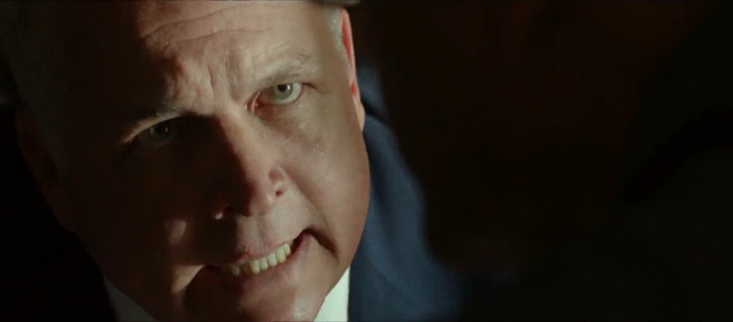
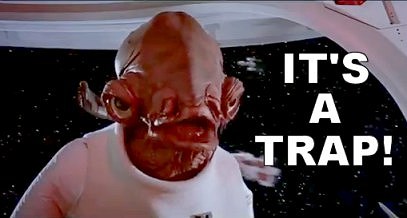
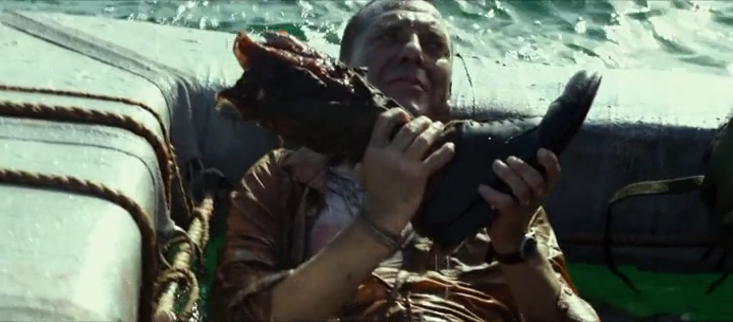


No comments:
Post a Comment